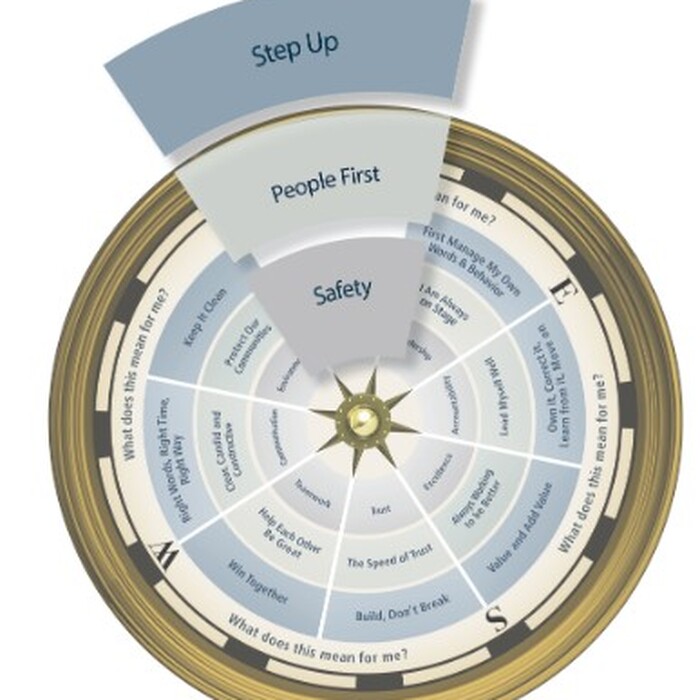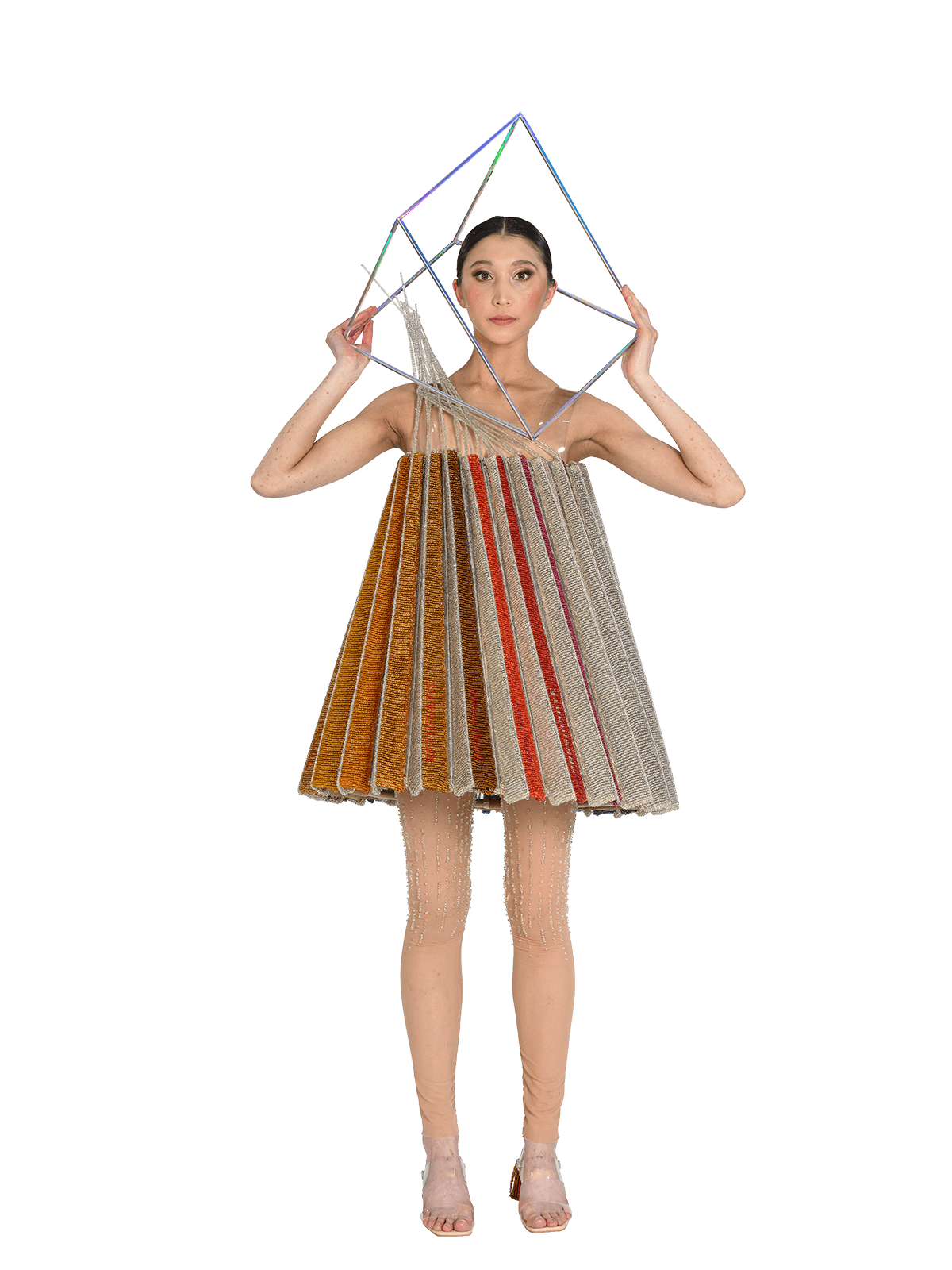Okay, guys, let’s talk about this project: “whs entertainment corps canvas”. Sounds fancy, right? Well, it wasn’t all smooth sailing, let me tell you.

So, I started this whole thing because I needed a cool, interactive display for a presentation. I figured a canvas element would do the trick. I wanted something that would really grab people’s attention, you know?
First off, I dug into the basics of HTML5 canvas. I needed to understand how to draw shapes, add colors, and all that jazz. I spent a good chunk of time just playing around with simple rectangles and circles, getting the hang of the coordinate system. It was like going back to elementary school art class, but with code.
Here’s where I messed up a little. I jumped straight into trying to make it super complex without nailing down the simple stuff. I wanted animations and all sorts of fancy effects right from the get-go. Big mistake. I ended up with a bunch of messy code that didn’t even work half the time.
So, I took a step back. I decided to break it down into smaller, more manageable pieces. I created a simple list of the core features I wanted:
- Draw a basic background image.
- Add some text elements with different fonts and colors.
- Make it interactive, so when you click on certain areas, something happens.
- Throw in a simple animation, like a bouncing ball or something.
With this list in hand, I started tackling each item one by one. I used plain old JavaScript to handle the drawing and the interactions. It was tough, I won’t lie. There were times when I wanted to throw my computer out the window. Debugging canvas stuff can be a real pain.
But I kept at it. I read a bunch of online tutorials, watched some videos, and even asked for help on some forums. Slowly but surely, things started to come together.

The interactive part was probably the trickiest. I had to figure out how to detect mouse clicks and map them to specific areas on the canvas. I played around with different event listeners until I got it working just right.
Finally, after a lot of trial and error, I managed to get the whole thing working. It wasn’t perfect, but it was pretty darn close to what I had envisioned. I even managed to sneak in that bouncing ball animation, which was a nice touch.
The Result
In the end, I had a pretty cool interactive canvas element that I was proud of. It looked good, it worked well, and it definitely grabbed people’s attention during my presentation. It was a lot of work, but totally worth it.
So, if you’re thinking about diving into the world of canvas, my advice is to start small, break things down, and don’t be afraid to ask for help. It’s a bumpy ride, but the end result can be pretty awesome.




















